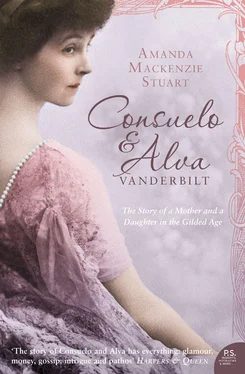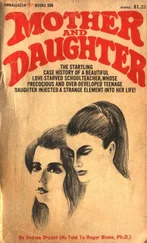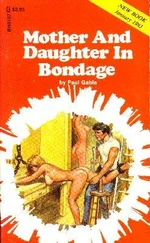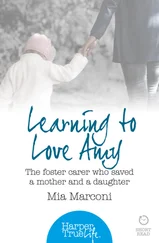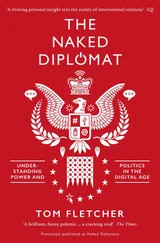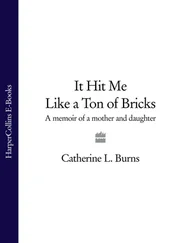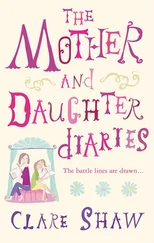Partly because of the heat, Newport balls started late. That night, guests danced to three different orchestras and supper was served at midnight (one course alone included 400 mixed birds) before breakfast appeared at 3 a.m. Richard T. Wilson Jr led Consuelo in the cotillion where she distributed the favours bought by Alva in Paris earlier in the year to those who had not been fortunate in winning them for themselves. These included ‘genuine bagpipes made by French peasants’, 12 as well as ladies’ silk sashes, etchings and fans of the Louis XIV period, work baskets, mirrors, watch cases, ribbons and bells, and white ‘Marble House’ lanterns. One newspaper reported that the favours were so fine that they ‘occasioned an immense amount of heartburning, envy and jealousy, and led to a deal of petty thievery. I am told that some of the women … stole favours from each other whenever they could.’ 13
Alva left nothing to chance and a good deal to shameless suggestion where her central campaign was concerned. The portrait of Consuelo in duchess mode by Carolus-Duran hung above the fireplace in the Gold Ballroom. The Duke of Marlborough stood beneath it, beside Mrs Jay, ‘viewing the pretty women with interest’, 14 the only barbed note in reports of the evening’s entertainment. The Newport Mercury thought that Mrs Vanderbilt and the Duke were the ‘cynosure of all eyes’. 15 ‘It was a perfect night’, Alva told Mary Young, ‘and the house and grounds [looked] lovely in the moonlight, provid[ing] a setting of almost unreal beauty for one of the most beautiful balls I have ever seen.’ 16 It was less amusing for William Gilmour. The ball ended at 5 a.m. and according to his notebooks, ‘some had to be taken home as their navigation was somewhat uncertain, especially the gentler sex’. 17 He finally went to bed about 6 a.m., ‘tired out’, though he was luckier than the policemen stationed at the gates whose cab at daybreak collapsed after just a few yards, compelling them to walk home.
Alva, meanwhile, was almost certainly lying in bed, staring up at the Goddess Athene on the ceiling and basking in triumph. Town Topics concluded that the ball had been just as significant a social event as the great Vanderbilt ball of 1883. ‘The Marble House ball of 1895 put the seal of fashionable approval upon that lady and all her doings, and was in its way, quite as remarkable and significant an entertainment as the fancy ball. The presence of the Duke of Marlborough – if not an acknowledged suitor for the hand of Miss Consuela [sic] Vanderbilt, certainly a suspected one – was of itself a successful stroke of diplomacy on Mrs Vanderbilt’s part, and when was added to this a dance marked by the richest and most beautiful favors bestowed at an entertainment in years, and every appointment that taste could suggest or wealth provide, the success of the entertainment as a whole may be easily imagined.’ 18
Immediately after the Marble House ball, there was a momentary setback when Oliver Belmont collapsed from exhaustion. This meant that his much-anticipated house-warming ball at Belcourt had to be postponed until the following Monday, whereupon it clashed magnificently with a musical evening at the Cornelius Vanderbilts’. Faced with this social emergency – a gap in the collective party schedule – Mrs Robert Goelet rallied nobly and threw a ‘surprise’ party, which, of course, gave her an opportunity to entertain the Duke too. When it finally took place, Oliver’s Bachelor’s Ball (which simply meant that he received his guests alone) demonstrated the architect Richard Morris Hunt’s ability to follow his clients into a marked degree of eccentricity when required.
Inside an exterior inspired by a Louis XIII chateau, Oliver, who was famous for his love of horses, had instructed the architect to build palatial stable accommodation on the ground floor. ‘It is a most singular house,’ wrote Julia Ward Howe to her daughter, ‘with stalls for some thirteen or more horses, all filled, and everything elaborate and elegant. Oh! To lodge horses so, and be content that men and women should lodge in sheds and cellars!’ 19 The residential part of the house was on the first floor, in Gothic style, but even here Oliver had had two of his favourite horses preserved by a taxidermist and placed at one end of the large salon.
The Bachelor’s Ball was another splendid event, where the favours included small riding whips to reflect the masculine tenor of the invitation. Consuelo, Alva and the Duke of Marlborough were also entertained by the John Jacob Astors on their yacht the Nourmahal , and by the Goelets on the White Lady , though the Duke – who must have been feeling the pace by now – declined further invitations to cruise on the grounds that he was a bad sailor. ‘How leisurely were our pleasures!’, wrote Consuelo later. ‘In the mornings, with my mother, we drove to the Casino in a sociable, a carriage so named for the easy comfort it provided for conversation. Face to face on cushioned seats permitting one to lean back without the loss of dignity, we sat under an umbrella-like tent. Dressed in one of the elaborate batistes my mother had bought for me in Paris, with Marlborough opposite in flannels and the traditional sailor hat, we proceeded in state down Bellevue Avenue.’ 20 Oliver Belmont was often in attendance: ‘Sometimes he drove us to the Polo Field, where the young Waterbury boys were giving early proof of the dash and skill that later placed them in the team known as the Big Four.’ 21
The Duke of Marlborough had been invited to stay for the America’s Cup races, but everyone knew that this was not the real reason for his visit. The days passed, and then a week, but there was still no announcement of an engagement, although the Duke was frequently seen having tennis lessons at the Casino. The social campaign at Marble House, meanwhile, continued unabated. On Saturday 31 August, Alva gave a dinner ‘in honour of the Duke of Marlborough … among her guests being Mr and Mrs John Jacob Astor, Mr and Mrs Victor Sorchan, Miss Burden, Miss Post, Mr and Mrs T. S. Tailer, Miss Wilson and Mr Sidney Smith.’ 22 This guest list also included Edith and Teddy Wharton, who were on the outer fringes of Alva’s social circle and had based themselves largely in Newport since their marriage in 1885. The next day, Consuelo gave a party of her own at Marble House. Mr Gilmour noted: ‘Sunday September 1st/2nd Miss V. had a huge reception in the afternoon. 3 Hindoos performed tricks for the guests.’ 23 The New York Herald called it: ‘the society event of the afternoon’, 24 (which was hardly top billing), and mentioned that two new English arrivals were present, the daughters of Lord Dunraven, whose boat the Valkyrie would shortly compete for England against America in the America’s Cup race.
On Thursday 5th and Friday 6th September, there was a sudden exodus from Newport to New York where the America’s Cup races were to be held. Just as suddenly, society’s focus swivelled away from Consuelo and the Duke of Marlborough to the race itself, leaving Newport ‘as if stricken with a pestilence’ and at the mercy of a few ‘hen’ dinners organised by women in desperation at having been left behind. 25 According to William Gilmour’s notebooks, Alva, Consuelo and the Duke of Marlborough joined many other spectators on the 1.20 train to New York on Thursday 5 September, and watched the races from the Astors’ yacht the Nourmahal.
In the event, the America’s Cup of 1895 became mired in one of the more acrimonious controversies in the history of the race. Although William K.’s yacht, Defender , won the America’s Cup with a 3–0 victory over the Valkyrie , it only won the first race on water. At the start of the second race, the Valkyrie ’s boom hit Defender ’s topmast stay and broke it. Although Defender ’s crew made emergency repairs, they were unable to overcome the handicap, and the race committee reversed Valkyrie’ s win by disqualifying her. Lord Dunraven, patron of the Valkyrie , reacted furiously and defaulted from the third race to challenge the decision that he had lost the second. He blamed the large fleet of small spectator boats crowding the starting line, until it was pointed out that this had affected Defender too. Then he alleged that Defender had been illegally ballasted. His protest was disallowed, but he continued to make it so indignantly that he was stripped of his membership of the New York Yacht Club, causing such a breach that England made no further official challenge for the America’s Cup until 1934. 26 The controversy had serious implications for Consuelo too, for just at the moment when she might have found an opportunity to talk to her father, William K. was caught up in the furore which threatened to bring the America’s Cup race to a premature end, and a row which called into question the honour of his captain, and his own.
Читать дальше
